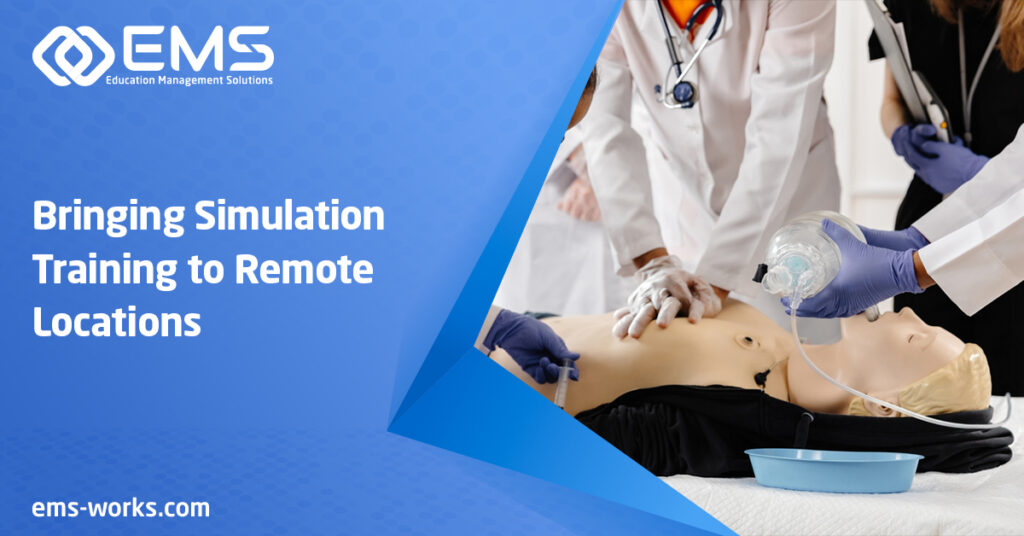Simulation-based education is a tried-and-true method for improving clinical skills for working professionals and medical learners alike, but delivering effective simulation in rural and remote areas presents unique logistical and technical challenges. To address these challenges, portable and mobile healthcare simulation units have emerged as a pragmatic, high-impact solution—enabling in-situ training and providing measurable value for healthcare training that operates in resource-limited settings.
Expanding Access Through Portability
Traditional simulation centers and fixed installations often require significant investment in infrastructure and ongoing maintenance. For remote healthcare systems, rural universities, and dispersed government institutions, these capital and operational expenses can be prohibitive. Portable simulation kits—compact systems designed to fit within a suitcase or similar carrying case—address this gap by delivering robust, deployable training assets without the overhead of permanent infrastructure.
And the benefits of this type of training aren’t limited by its form factor. Research demonstrates that in-situ, portable simulation improves learner engagement and replicates the complexities of real clinical environments1. This mobile approach to simulation training not only enhances knowledge retention, but also fosters skills transfer to practice settings, even in the most remote locations.
Real-World Benefits for Rural Health Systems
Portable simulation units allow instructors to deliver high-fidelity training directly at the point of care—whether that’s a rural clinic, community health center, or remote educational facility. This model optimizes resource utilization by allowing equipment to be shared across locations and just-in-time training to be conducted on demand.
Key benefits include:
- Operational efficiency: Portable solutions minimize downtime and eliminate staff travel to distant simulation centers.
- Cost-effectiveness: Investment in portable healthcare simulation units is significantly lower compared to establishing or maintaining permanent simulation labs. Maintenance and transport costs are also reduced.
- Customized learning: Portable kits often support a variety of scenarios, from basic life support to advanced trauma response, meeting the diverse needs of clinical and academic audiences2.
- Immediate impact: Training in actual care environments uncovers latent safety threats, improving team communication and patient outcomes.
Supporting Government Healthcare Training
Government health agencies, emergency management organizations, and military medical units face unique challenges maintaining a highly skilled and prepared workforce in remote or dispersed regions. Mobile simulation training offers a powerful solution by enabling these organizations to deliver standardized, high-quality experiential learning directly at the point of need, regardless of location.
Through portable and easily deployable simulation platforms, government and military institutions can conduct immersive scenario-based drills, such as mass casualty incidents, outbreak response, battlefield trauma care, and disaster triage, without requiring staff to leave their assignments. This approach not only increases training efficiency but also ensures that personnel are well-prepared for the specific realities and pressures of their environments. The Agency for Healthcare Research and Quality (AHRQ) reports that in-situ simulation enhances team communication, situational awareness, and emergency preparedness – key factors for both civilian and military teams charged with safeguarding public health and operational readiness3.
Conclusion
Portable healthcare simulation units represent a transformative advancement in how training is delivered to remote and resource-limited settings. With significant benefits in efficiency, cost savings, and educational impact, these solutions are a force multiplier for organizations seeking to elevate workforce capability, patient safety, and institutional resilience without straining budgets.
Contact EMS to discover how our portable simulation solutions can bring robust, high-fidelity training directly to your remote locations, empowering excellence wherever learning takes place.

